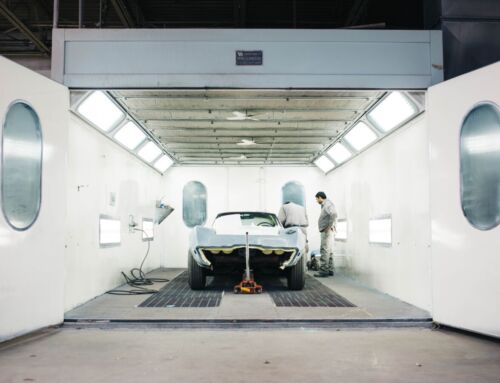Self-driving cars are making more news lately because of car crashes, and while their aim is to improve safety, their ability to do that is being questioned.
Self-driving cars are designed using tools which include:
– GPS
– Sensors
– Cameras
– Navigational maps
– radar and lidar to navigate streets and provide object detection
The technology is impressive, but whether or not these features cover all of the potential issues human drivers face remains to be seen.
The intention of self-driving cars is to allow a driver to be hands-free although, currently, they are not entirely hands-free. The semi-autonomous cars currently on the road require a driver to be alert, present and prepared to react. In fact, the Tesla model is designed to provide the driver with a series of warnings when their hands have been off of the steering wheel for too long. But this autonomous technology hasn’t determined how it could have prevented the deaths that have occurred while the drivers were in hand-free mode.
Technology trends
If you’re driving a newer vehicle, you are already utilizing automation in your car. Many newer vehicles come with automated technology which includes; backup cameras, sensors that warn of a vehicle in a nearby lane or objects behind you when backing up. There are even braking systems that react if the vehicle is approaching another object too quickly.
Benefits
The goal of self driving cars is said to be to provide safer vehicles on the road by:
– Reducing crashes
– Reducing travel time
– Reducing road rage
– Allowing more freedom to those who can’t drive a conventional vehicle
Safety Factor
The makers of these self-driving cars are finding that they can tend to be too cautious. The vehicles are driving the actual speed limit and making complete stops, causing unsuspecting human drivers to actually crash into them.
The human driver’s ability to turn the autopilot on and off again also presents some conflicts as it may be turned on too late or turned off at a bad time. The makers of self-driving cars also can’t plan for every scenario and come up with a desired outcome. They program the system to prevent crashes and limit harm, but it is not possible to ensure that no harm occurs in all situations.
The California DMV, California being the only state to require reporting on self driving vehicle accidents, reported 27 accidents involving autonomous vehicles in 2017. And, as of the end of March, already 14 accidents were reported for 2018. Of the 2018 cases, only one case was the fault of the self driving vehicle, that being due to the fact that the driver had been operating in conventional mode so it actually was the driver’s fault.
There have been two self-driving car crashes in the news recently in other parts of the country, both while the car was in autopilot mode. Uber halted their use of self-driving cars after the first one so they could investigate the cause of the accident before continuing their use. The second is still being investigated, but Tesla has spoken up ahead of time to say they believe the driver turned on the autopilot too late to prevent the crash in a situation that was already unfolding.
The truth about self-driving cars does not fit into a black and white mold. They have benefits, like improving efficiency and limiting the number and severity of crashes, but they are not able to prevent all dangers and may never be. Some dangers may actually be caused by this new element on the road, particularly while this situation is so new. But self-driving cars are here to stay as far as anyone can see, and the best way to stay safe is to keep ourselves informed and do our part to see that this technology is developed and monitored as well as possible.


